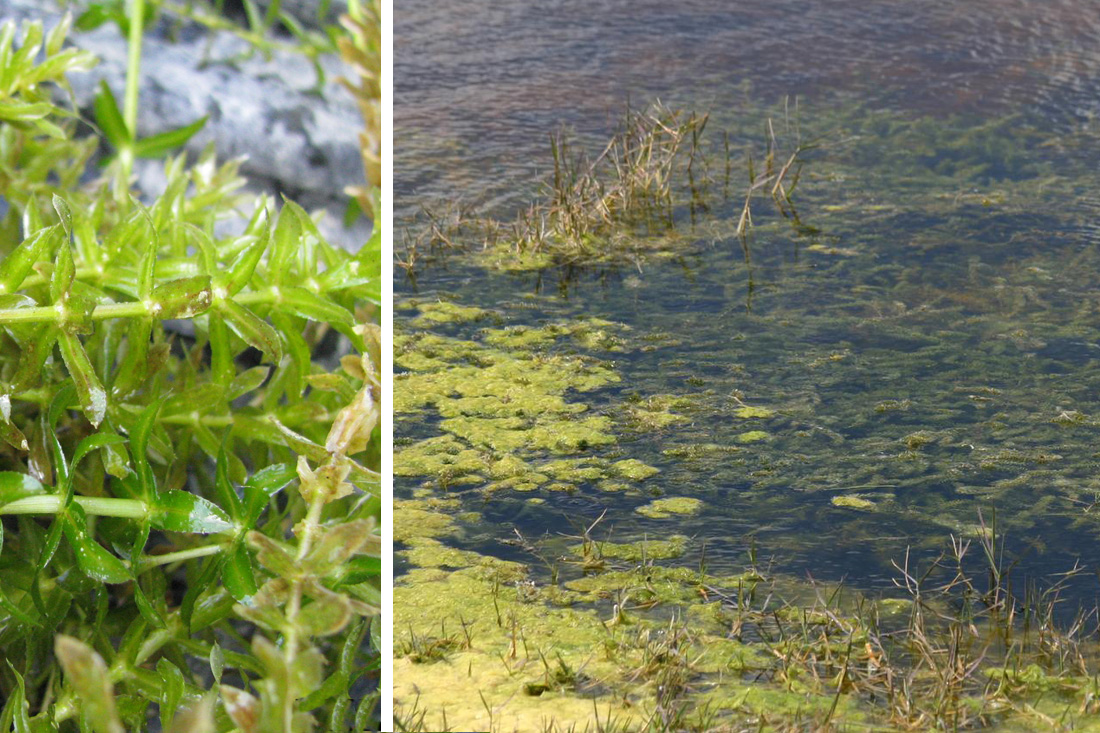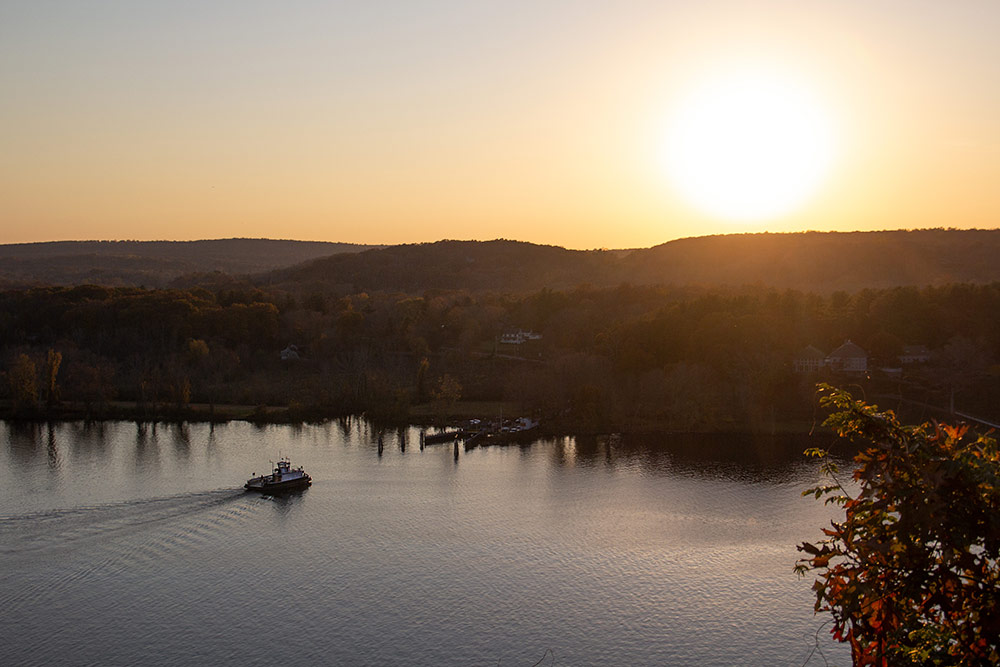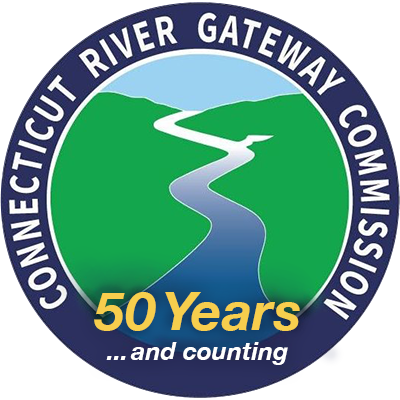Coonservation & Development
Invasive Plants in the Connecticut River
New England waterways are being invaded by underwater invasive plants that, if unmanaged, will eventually clog the rivers, streams and coves with thick mats of unwanted plants.
The plants will rob the waters of oxygen and will wreak havoc on the recreational boating industry.
In “The Zone” (aka Gateway Conservation Zone), we’re seeing increased amounts of the invasive plants “Hydrilla,” water chestnut and others.
Being in-water plants, the successful management strategies for upland invasives like Phragmites can’t necessarily be used in waters which are impacted by the tides as well as currents.

Surveying in-water invasives
In 2018, the Gateway Commission provided a grant of $20,000 to assist in the surveying of invasive in-water invasive plants in “The Zone” in an effort to identify where the plants are growing. This survey has led to important baseline information that will be used as the efforts to learn how to control and eradicate these invasive plants moves forward.
A short video illustrates the scope of the hydrilla problem in Connecticut. It was produced by Crosscourt Media in partnership with the nonprofit CT Resource Conservation and Development. It’s been shown at the Connecticut River Museum, the Mystic Film Festival and the Lower CT River Valley Council of Governments to call attention to hydrilla’s ecological threat.
Take a moment to watch and learn more.
Our neighboring friends at Cornell University’s Naturalist Outreach put other this informative video, “Hydrilla Hazard: Biology, Impacts and Management of an Invasive Aquatic Plant.”

Connecticut River Ferries Are Older Than America
Ferries have long been a means to cross rivers. The Chester-Hadlyme Ferry, which began service in 1769, was actually used to transport supplies during the Revolutionary War.
Today the Selden III, operated by the Connecticut Department of Transportation, runs between the two towns providing a scenic, relaxing crossing for cars, bicyclists and pedestrians. Enjoy superb views on board of Gillette’s Castle on board the ferry, especially heading east.
